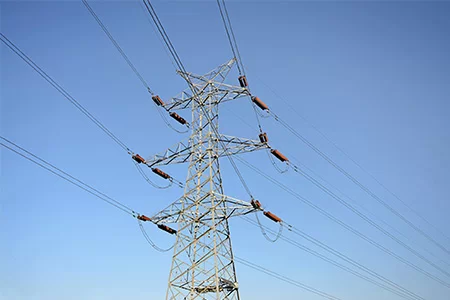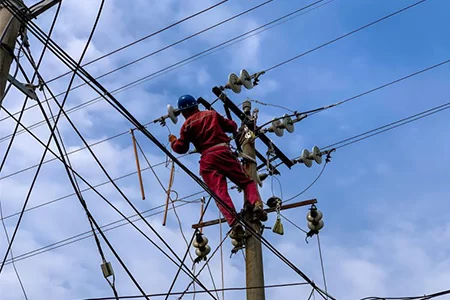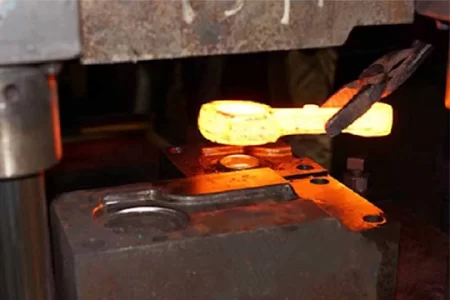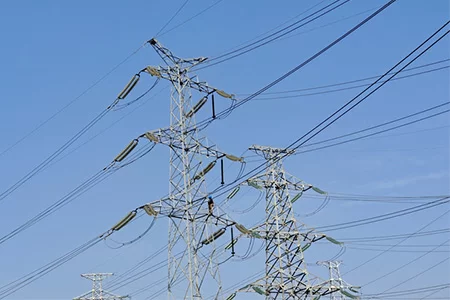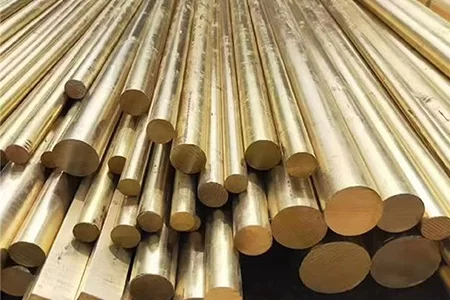By sharing knowledge, experience and views in the field of forging technology, we help you understand, learn and apply relevant technologies.

Hulk Metal Forging Technology
Share technical experience
-
Home>
-
Blog>
-
Technology>
An in-depth exploration of Wire Grip: design, applications and future development

Wire Grip is an indispensable clamping tool in the industrial field and is widely used in fields such as power construction, communication line maintenance, construction engineering, and industrial lifting. As a key component with high strength and precision, the design of Wire Grip not only meets the needs of complex working environments but has also been significantly optimized with the continuous advancement of materials science and manufacturing technology. This article will comprehensively analyze the core technology and development prospects of Wire Grip from aspects such as product concept, material science, manufacturing process, application scenarios, quality control, industry standards, and future trends.
Basic concepts and types of Wire Grip
Definition and function
Wire Grip is a tool used to fix, clamp, or adjust the position of cables and wire ropes. Its main functions include:
Cable fixation: Provide stable support during construction and operation to prevent slipping or falling off.
Load Distribution: Evenly distributes applied tension, protecting the integrity of the cable or wire rope.
Safety guarantee: Ensure safety during hoisting, tightening, and other work.
Main types of Wire Grip
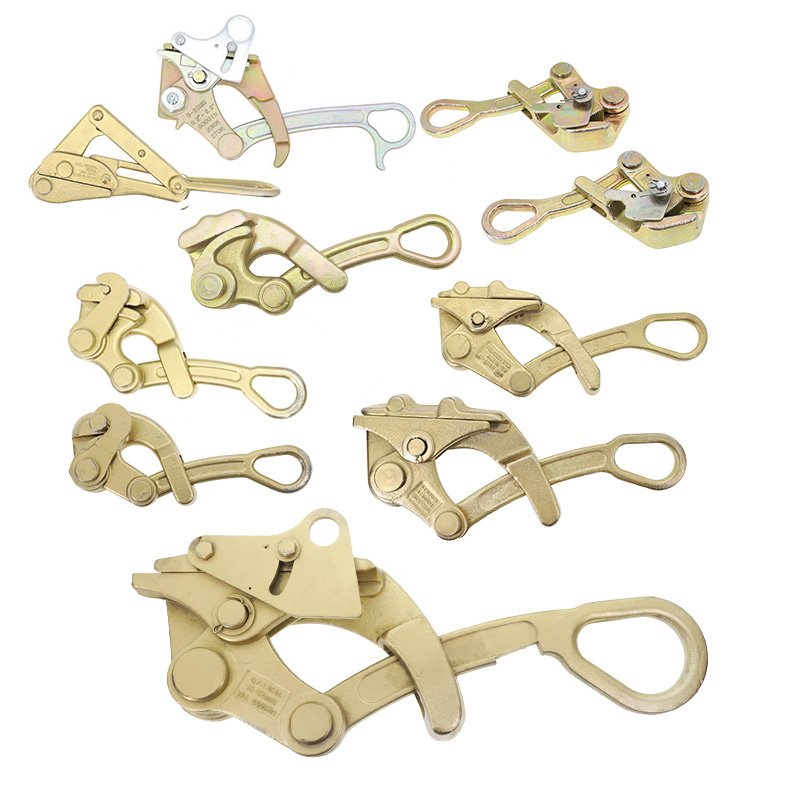
Wire Grip Depending on the application and design, common types include:
Jaw Wire Grip: It has good slip resistance and is often used for clamping power lines.
Wire Rope Grip: Specially designed for wire rope fixation, suitable for hoisting, traction, and large load applications.
Cable Grip: Lightweight tool for communication cables, easy to operate and easy to carry.
Technology evolution and demand-driven
With the increase in industrial demand, the design of Wire Grip has gradually developed towards high performance, lightweight, and multi-functional. For example, the modern Wire Grip better balances ease of use with the ability to adapt to complex working conditions.
Material science and performance optimization
Scientific basis for material selection
The performance of the material directly determines the strength and reliability of Wire Grip. Here are several commonly used materials and their advantages:
High-toughness carbon steel: It has high strength and ductility and can withstand large loads without deformation.
High-quality alloy steel: Provides excellent wear resistance and fatigue resistance and is suitable for high-frequency use scenarios.
Corrosion-resistant steel: such as stainless steel, is suitable for wet and corrosive environments.
Heat treatment and surface treatment technology
The performance optimization of materials is inseparable from advanced heat treatment and surface treatment technology:
Quenching and tempering treatment: Improve the hardness and toughness of the material through quenching and tempering processes.
Colored zinc plating technology: forms a protective coating on the surface to improve corrosion resistance and extend service life.
Spraying or electroplating process: used to enhance the aesthetics of the product while providing additional protection.
The combination of these technologies significantly increases Wire Grip’s tensile strength, fatigue resistance, and service life.
Cutting-edge research on performance optimization
In recent years, the introduction of composite materials and high-performance alloys has opened up new possibilities for performance optimization of Wire Grip. For example, the lightweight design of carbon fiber-reinforced materials not only improves tensile strength but also reduces product weight.
Manufacturing process and technological innovation
Key technologies of hot die forging
Hot die forging is an integral part of the Wire Grip production process. The key to the forging process is to change the internal structure of the metal through high temperature and pressure to improve its mechanical properties:
High-temperature forging: By heating the metal material, internal voids, and defects are eliminated.
Precision molding: Use molds to ensure product size consistency.
Internal density: The grains within the material are refined after forging, enhancing fatigue resistance.
Automation and intelligent manufacturing
Modern production lines use automation technology to make the manufacturing process more efficient and precise:
CNC equipment: ensuring the accuracy of every detail during processing.
Real-time monitoring system: Monitor key parameters such as temperature and pressure in production through sensors.
Robot operation: Reduce errors in manual operations and improve production efficiency.
Customized production and innovative services
Manufacturers such as HULK Metal can provide a variety of customized services based on customer needs. For example, different sizes of clamping areas, designs for specific load capacities, and personalized customization of surface coating colors.
Application Scenarios and Market Advantages
Electric power construction and communication line maintenance
Wire Grip is a key tool in the power and communications industries. Application scenarios include:
High-altitude tensioning: ensure the stability of cables during cable tensioning construction.
Cable maintenance: suitable for fixed operations during cable replacement and maintenance.
Industrial hoisting and heavy object towing
Wire Rope Grip and Jaw Wire Grip excel in lifting and towing operations:
High-load lifting: ensure the safe fixation of large mechanical equipment.
Application in harsh environments: Stable performance in highly corrosive scenes such as mines and oceans.
Agriculture and construction engineering
Greenhouse construction: Clamp and secure wire ropes to build a stable frame structure.
Building Construction: Fixed tools used as formwork and structural supports.
Cross-border applications in multiple fields
With the upgrade of Wire Grip technology, its application areas are gradually expanding to high-tech industries such as aviation, aerospace, and automobile manufacturing.
Quality control and industry standards
Industry standards and certifications
High-quality Wire Grip must meet strict industry standards, including:
ISO 9001: Ensure standardized management of production processes.
CE certification: Indicates that the product complies with EU health, safety, and environmental standards.
TUV, SGS testing: Provide authoritative third-party quality assurance.
Comprehensive coverage of the testing process
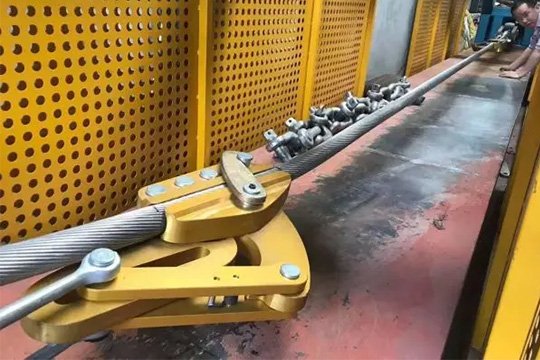
Every piece of Wire Grip undergoes a series of rigorous tests before leaving the factory, including:
Static tensile test: ensure the stability of the product under extreme load.
Dynamic fatigue test: simulate long-term use scenarios to evaluate the anti-fatigue performance of the product.
Salt spray corrosion test: Test the corrosion resistance of the product to ensure its adaptability to complex environments.
Lean management and continuous improvement
Through data analysis and continuous improvement, manufacturers can continuously improve the quality and consistency of their products.
Future development trends
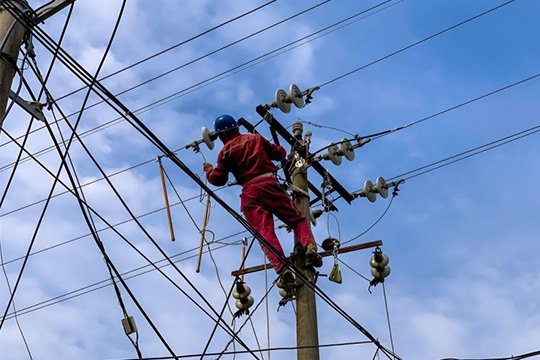
Breakthroughs in new material technology
Research into new lightweight, high-strength materials, such as titanium alloys and composites, to further optimize Wire Grip's performance.
Environmental protection and sustainable production
Promote the development of green manufacturing by introducing recyclable materials and energy-saving production processes.
Intelligence and digitalization
Future Wire Grip may integrate Internet of Things (IoT) technology to monitor working status in real-time through built-in sensors to improve safety and efficiency. For example:
Load monitoring: Display current load conditions in real-time to prevent overloading.
Life prediction: Predict product maintenance or replacement time based on usage data.
Expansion of global markets
As international infrastructure construction accelerates, the market demand for Wire Grip continues to grow. Manufacturers represented by HULK Metal are occupying more markets through a strategy of both quality and service.
The Wire Grip is an irreplaceable tool in modern industry, with a wealth of engineering behind its compact design. From material selection to manufacturing process, from quality control to market application, every detail reflects the manufacturer's technical strength and deep understanding of the industry. Companies represented by HULK Metal not only provide products with excellent performance but also set benchmarks for the industry through innovation and service. In the future, Wire Grip will continue to demonstrate its unique value in the global market and technological innovation.
Article Navigation
Article Navigation
Industries
Foundries
-

September.12, 2024
Do you know the comprehensive analysis of wire grip puller?
READ MORE
-

September.06, 2024
Why can wire rope grip clamp cables?
READ MORE
-

September.02, 2024
Things to note when purchasing a jaw wire grip
READ MORE
-

November.29, 2024
What is steel forging?
READ MORE
-

November.08, 2024
How to produce high-quality wire pulling grips?
READ MORE
-

July.30, 2024
What are the materials for hot forging?
READ MORE



